Developed by the independent studio Delta Shore Games, Fallen Leaf seeks to capture the adventurous spirit of classic Nintendo platformers. The game follows Leaf and Petal, siblings who find themselves embroiled in an unexpected quest after accidentally releasing an imprisoned judge named Xankulos.
With the help of a magic gauntlet bestowed by an allied sorcerer, the duo must work to undo the mistakes while unraveling mysteries about the lore of the land.
Over colorful pixelated worlds, players guide Leaf and other unlockable heroes through levels that pay homage to retro greats like Mega Man and Duck Tales through clever trap layouts and hidden nooks.
With its charming characters, beautifully retro graphics, and focus on providing a fun challenge, Fallen Leaf invites exploration of a nostalgia-tinged kingdom that offers both gameplay depth and areas just begging to be stumbled upon.
The Heroes of Fallen Leaf
The tale of Fallen Leaf follows siblings Leaf and Petal, a pair of treasure hunters who uncover more than they bargained for in the ruins they explore. What starts as a routine search for valuables lands them in an unexpected adventure after Leaf opens a chest holding the imprisoned Judge Xankulos.
A sorcerer also sealed within bestows a magic gauntlet upon the duo, tasking them with undoing the mistake and discovering the truth behind the legendary Willow. As kleptomaniac treasure seekers, Leaf and Petal find themselves taking on the role of reluctant heroes bound by responsibility for their actions.
The first playable character players guide is Leaf, a balanced but somewhat slower option. Unlocking his sister Petal opens more dynamic possibilities with her high jumps, sliding moves, and the bee companion that attacks independently, adding enjoyable risk-reward mechanics.
As the story progresses, additional figures like the warrior Thorn become selectable, all with unique attributes like close combat skills or rolls that offer invulnerability. These options keep levels feeling fresh long after initial completion by experimenting with different movesets to navigate obstacles.
Despite some uneven attempts at humor, Fallen Leaf crafts a charming world brought to life through well-designed characters. From medieval villagers to surfers stuck in another time, the mishmash of designs in the same space clashes at times but mostly lends novelty.
NPCs scattered between levels advance subtle plot points and memorable side stories, showing a care for details that enriches the experience. While not incredibly deep or complex, the narrative asks players to reflect on accountability and how legends differ from reality, giving the adventure meaning beyond gameplay alone.
Mastering the Mechanics of Fallen Leaf
At its core, Fallen Leaf follows the conventions of the classic 2D platformer. Players guide their chosen character through linear levels, navigating obstacles and battling an array of enemies. Movement feels balanced; jumps are tight, and attacks can be aimed with precision. Each stage presents new challenges to overcome, like shifting platforms or tricky jumps. Mastering the mechanics is key to surmounting the challenges the game throws your way.
Unlocking new abilities is no small part of the fun. Starting with Leaf and his basic projectile attacks, players are soon opening up a world of possibility. His sister Petal joins the fray, handling it differently with higher jumps and a bee companion that strikes independently. She adds risk-reward tactics that keep stages feeling fresh. Further unlocks, like Thorn, emphasize different strategies like melee combat or invulnerability rolls. It’s a treat to experiment with matching each character to a level’s demands.
Progression revolves around strengthening your chosen hero. Found weapons, health ups, or character unlocks are meaningful boons. But the attachment system leaves something to be desired. Boosting your base power comes down to collecting multiples of the same upgrade, lost instantly to a single hit. It injects tension, but in a way that feels more punitive. Still, new magics and support items for each playable figure spice things up across repeat playthroughs.
Stages offer devious variations that maintain challenge throughout the campaign’s lengthy runtime. Environmental hazards like shifting blocks or spike traps appear in new guises. Even standard enemies disguise new patterns that demand close study to overcome. Levels flow like a well-crafted melody, changing keys just when actions start to feel familiar. From pastoral early stages to technicolor futuristic worlds, sights stay stunning and surprises frequent.
Boss encounters particularly stand out, amping tension with massive HP pools and screen-filling assaults. Conquering them brings a rush, whether by learning moves or abusing the i-frames on special abilities. A few spikes test patience through trial and error, but smart use of mechanics and power-ups carries the day with skill. Rewards for mastery are sweet, making setbacks feel like part of progress rather than frustrations.
With dynamic characters, constantly evolving stages, and a gameplay loop that entertains across multiple completions, Fallen Leaf hits all the right notes for fans of the platforming genre. Its mechanics offer depth without complexity, keeping runs fresh and engaging from beginning to end.
Striking a Retro Chord
Fallen Leaf transports players back to the 8-bit era through its visuals and sounds. The pixelated character sprites and minimal color palettes immediately evoke classics on the NES. What’s incredible is how the developers gain so much personality from such limited technology. Each character, from the timid wizard to the burly captain, feels vibrant in their own way.
Environments exhibit this same flair. Rustic villages mix worn cobblestones with cozy cottages. Lush jungles overflow with exotic plants and crumbling ruins. Even mundane details, like wanted posters in towns, add layers of world-building. It’s easy to get lost exploring each nook and cranny, uncovering the craftsmanship on display.
Though retro in style, Fallen Leaf avoids becoming a slavish imitation. Characters abandon any semblance of realism, featuring funny mashups like furry nights and surfer bros. This zany approach prevents stages from blending together, despite visual constraints. Unique designs populate each new area, ensuring discovery never grows stale.
Sound also contributes significantly to the overall atmosphere. Chiptune tracks bop along with constant action, swelling at climactic moments. Melodies draw from various eras, mixing chippy basslines with twinkly guitars. But nostalgia isn’t the sole purpose; these songs stand proudly on their own as rousing adventures.
Effects fill out the soundscape too. From the whistle of projectiles to meaty impacts, audio transports players straight into the pixelated fray. Environments come alive through clever manipulations of basic sounds. Waves lap and birdsong chirps on pastoral levels while bustling cityscapes overflow with digital noise.
While technology may be retro, Fallen Leaf feels fresh thanks to its heartfelt presentation. Developers infuse seemingly simple aesthetics with passion, crafting a cohesive world that engages all senses. Their love for the source material shines through in every meticulous detail, pulling audiences back to simpler times with modern flair.
Evergreen Adventure
Fallen Leaf offers immense longevity thanks to its thoughtful design. Frequent unlocks and progression paths empower constant replays. Different movesets and upgrades across characters ensure that no two runs feel quite alike. Whether seeking that one last secret or a flawless boss battle, reasons to return abound.
Completionists can spend dozens of hours collecting everything. Hidden items, speedrun challenges, and character-specific missions provide side goals beyond the main campaign. Finding optimal strategies and unlocking routes challenges even veteran platformers. Casual drop-ins remain gratifying, though, making Fallen Leaf approachable for all.
While the core campaign can be “beaten,” true mastery lies in conquering even the toughest modifiers. New Game+ ramps up difficulty but showers players with riches for their expertise. Self-imposed challenges like damage-less runs lend welcomed structure outside prescribed objectives. Creative use of moves opens myriad tactical possibilities too.
Meaningful character customization gives ownership over the adventure. Spending currency unlocks attack types, each with nuanced properties for different playstyles. Custom move combinations reinvent movesets without disrupting level design. Personalizing each fighter imprints a story unique to every player.
Revisiting cherished stages alongside fresh faces ensures the fun never fades. Return trips let experimentation supplant memorization, preserving discovery even for seasoned heroes. Like rediscovering an old friend, Fallen Leaf companionably welcomes players back time and again with its sparkling retro charm. This endlessly enchanting platformer will remain on shelves for years to come.
Revisiting Retro Roots
Like many indie darlings, Fallen Leaf draws heavily from the classics of yesteryear. Its DNA stems principally from NES icons Mega Man and Mario, transporting tropes that defined a generation to modern pixelated form. Yet this loving homage avoids stale replication, instead building creatively upon foundations laid by masters of the craft.
Mega Man lives on through Leaf’s projectile focus and modular movesets. Petal stole Zero’s sliding blows, and Thorn channeled Gamma’s grappling fury. But where Capcom’s Blue Bomber punished mistakes harshly, Delta Shore offers accessibility through unlimited checkpoint lives. Platforming pitfalls prove entertaining obstacles rather than demoralizing roadblocks. And NPC quests weave a dense fabric of stories scarcely found in retro role models.
Similarly, Fallen Leaf captures Mario’s spirit of odyssey through sprawling worlds tied by an overworld map. Secrets lurk around each corner, sparking that dopamine thrill of discovery. Multi-character formats add playable value beyond a single plumber’s exploits too. Yet additional mechanics like currency, gear, and challenge runs cultivate deeper systematic complexity than Nintendo’s more straightforward design.
By reviving retro in high definition while updating conventions, Fallen Leaf succeeds where emulation often fails. Nostalgia meets modernity in a cohesive vision, marrying past and future. Generations united can enjoy a fresh take on old friends rather than a stale facsimile. Delta Shore proves retro need not mean reverent replication, but reminiscence coupled with innovation that ensures timeless play feels timely anew. Fallen Leaf flashes back to fondly remember, better yet moving genre tropes enthusiastically forward.
Echoes of Yesteryear
When it comes to retro platformers inspired by 8-bit classics, Fallen Leaf proves a worthy addition to the canon. With pixelated presentations evoking classics like Mega Man and Mario, Delta Shore Games effectively transports nostalgia to modern screens. Though not reinventing the form, Fallen Leaf delivers precisely what aficionados desire: fun, challenging gameplay packed into a sprawling adventure.
Where the title excels most is variety. Numerous playable characters afford new approaches, and stages of constantly rotating obstacles keep gameplay fresh across lengthy play. Subtle system evolutions, like checkpoints, prevent frustration. Worlds bursting with secrets motivate replays. While some storytelling stumbles, towns bustling with quirky NPCS bolster verisimilitude.
Yet stagnancy also shows up in places. Movement occasionally feels sluggish. Level structures trend too similar toward the endgame. And while visuals charm, certain choices appear mishandled.
Overall, Fallen Leaf offers memorable action honoring retro roots. Though not flawless, its polish and passion shine through. For retrovaniacs craving new escapades of yore, this provides a thrillingly familiar trip down memory lane. As an auspicious debut, Delta Shore Games proves well-equipped to shepherd nostalgia’s next generation. Whether wielding swords or selecting spells, their works will no doubt form fixtures of the growing indie canon. For now, Fallen Leaf leaves on the earnest note that retro reverie remains vibrantly alive.
The Review
Fallen Leaf
While not perfect, Fallen Leaf delivers a charmingly nostalgic adventure that honors retro forebears while evolving the formula. Delta Shore Games clearly poured passion into crafting a polished ode to 8-bit greats packed with variety, powered by likable characters. Its missteps feel minor against the backdrop of joyous platforming and secrets lurking around each corner. For anyone seeking a modern trip down NES memory lane, Fallen Leaf certainly hits the mark.
PROS
- Charming pixelated graphics and soundtracks that evoke 8-bit classics
- There are tons of playable characters that provide varied movement options.
- Extremely long and polished for a retro-indie title
- Densely packed with secrets and side content to discover.
- consistent challenge across many creative levels.
- Upgrades and progression systems add replay value.
CONS
- Movement can sometimes feel sluggish.
- Level designs become repetitive later on.
- Narrative storytelling is weak at points.
- Difficulty spikes can be frustrating.
















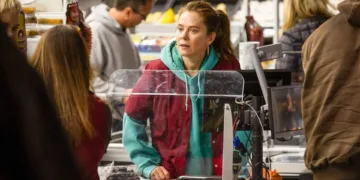



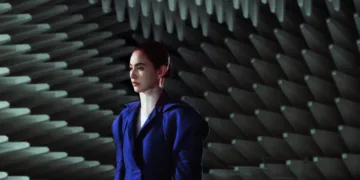





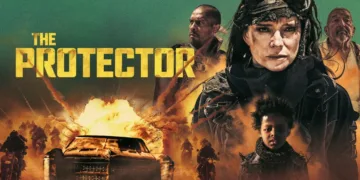


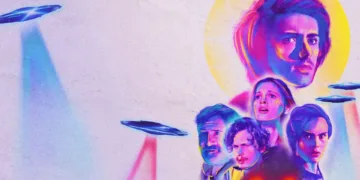


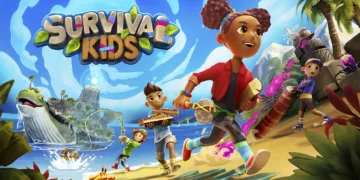
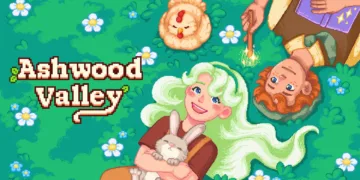
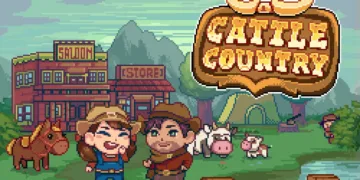
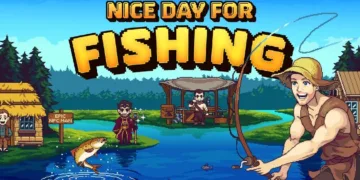
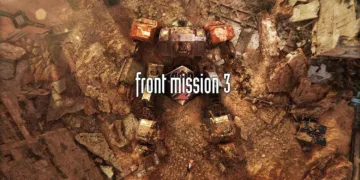
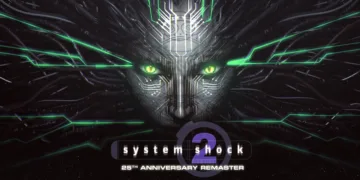
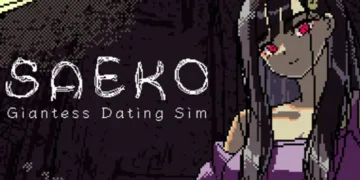
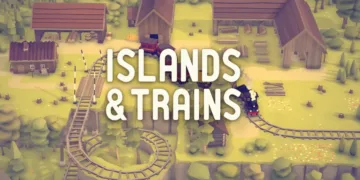

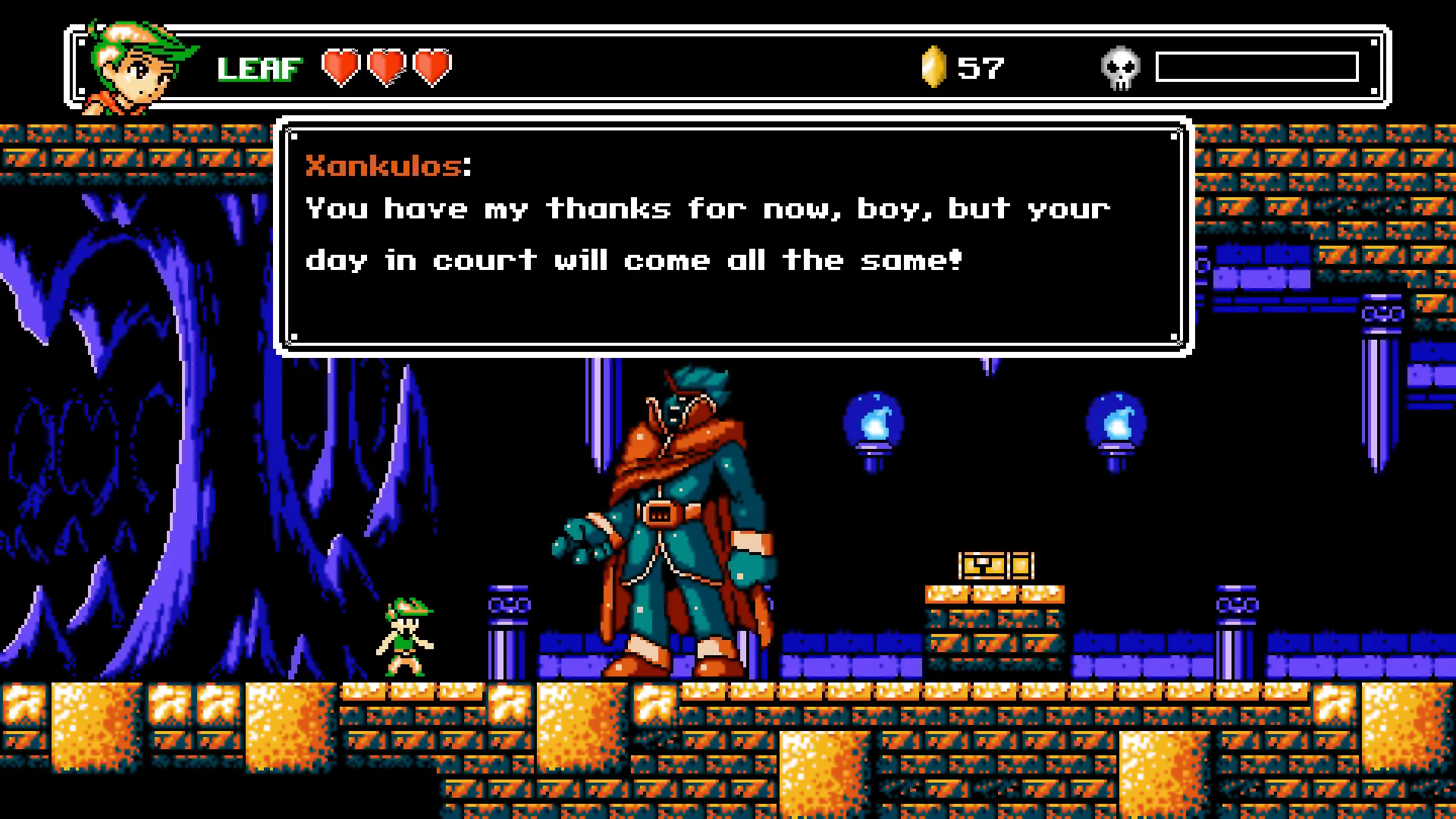
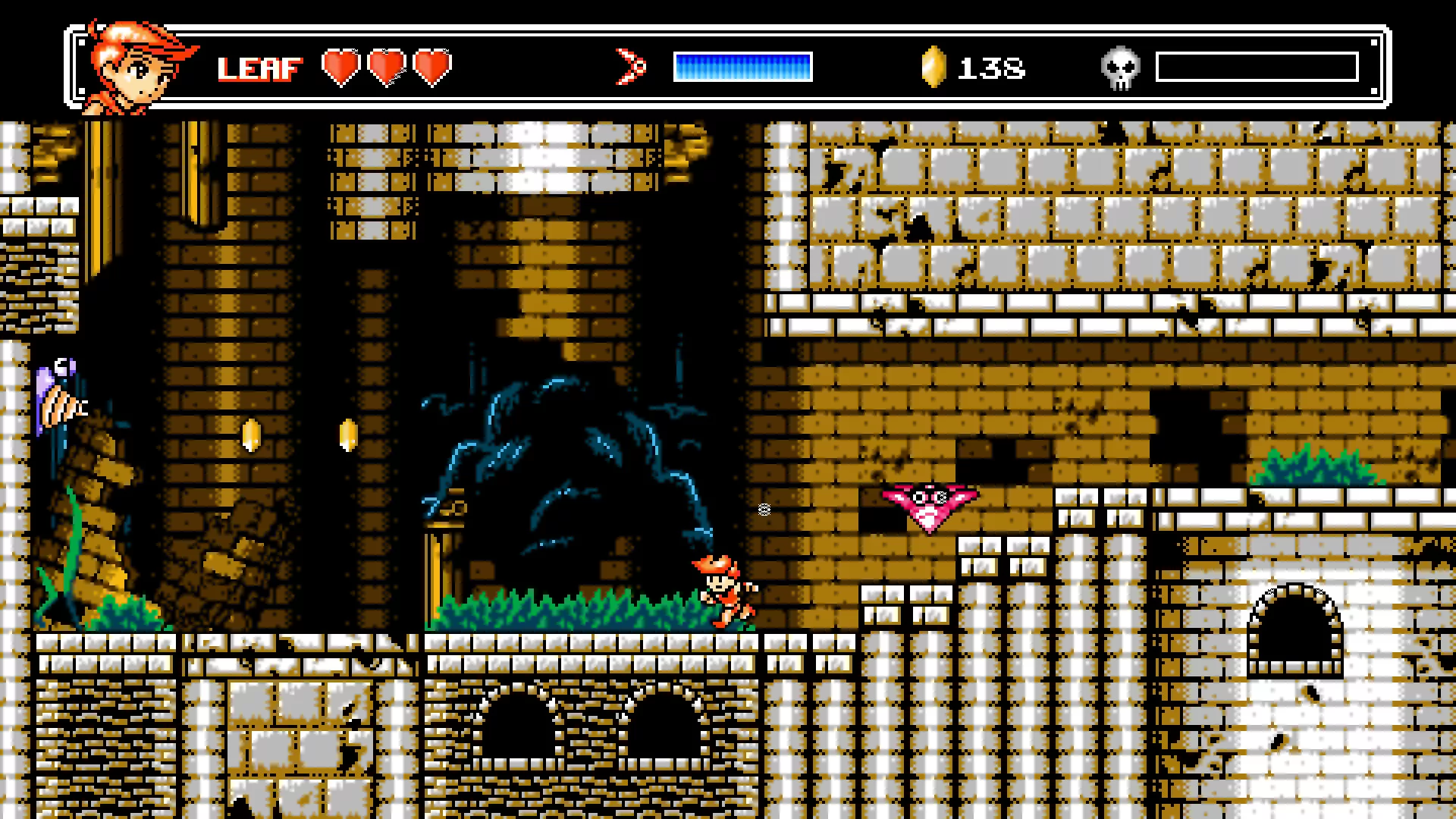
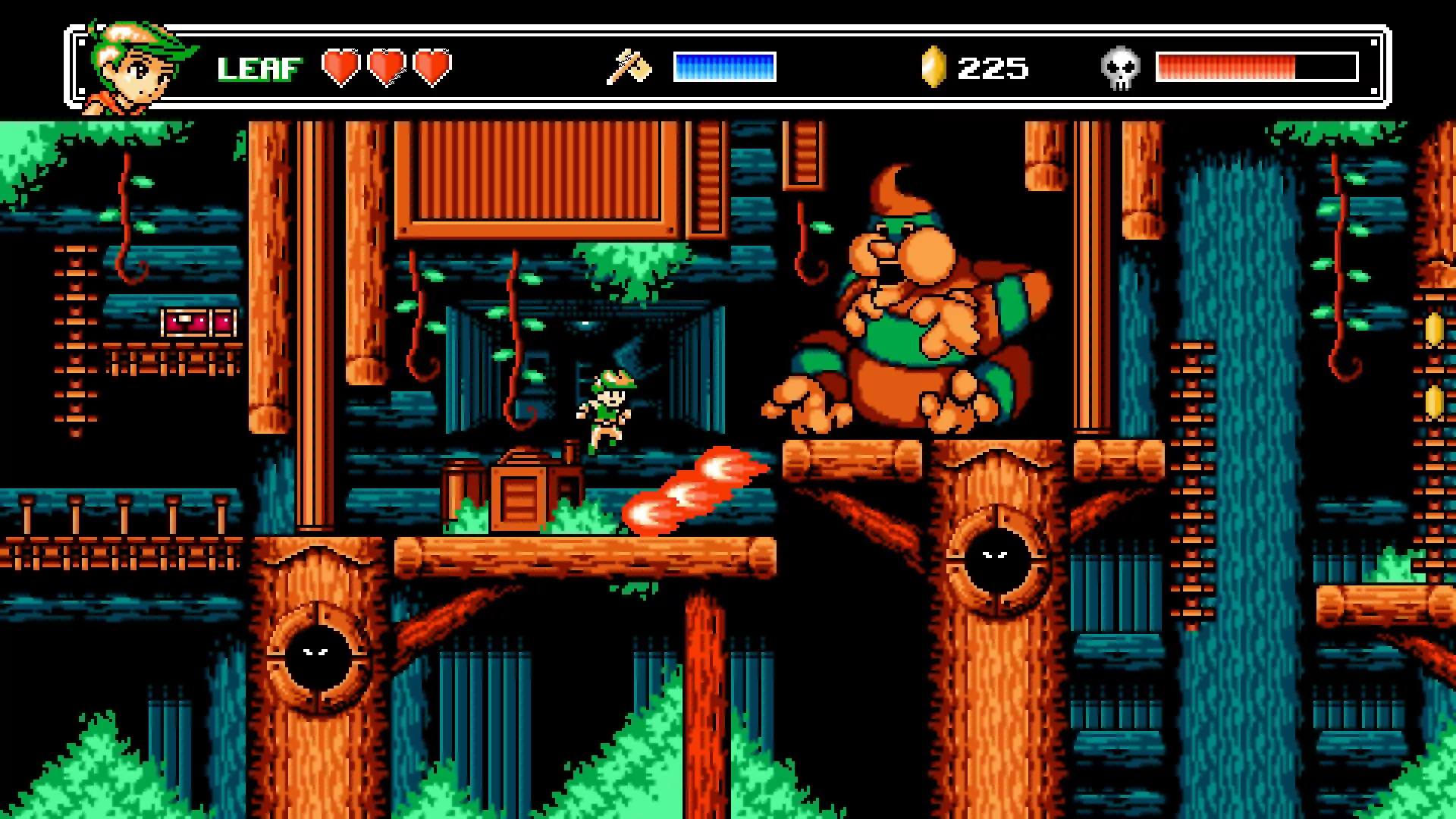
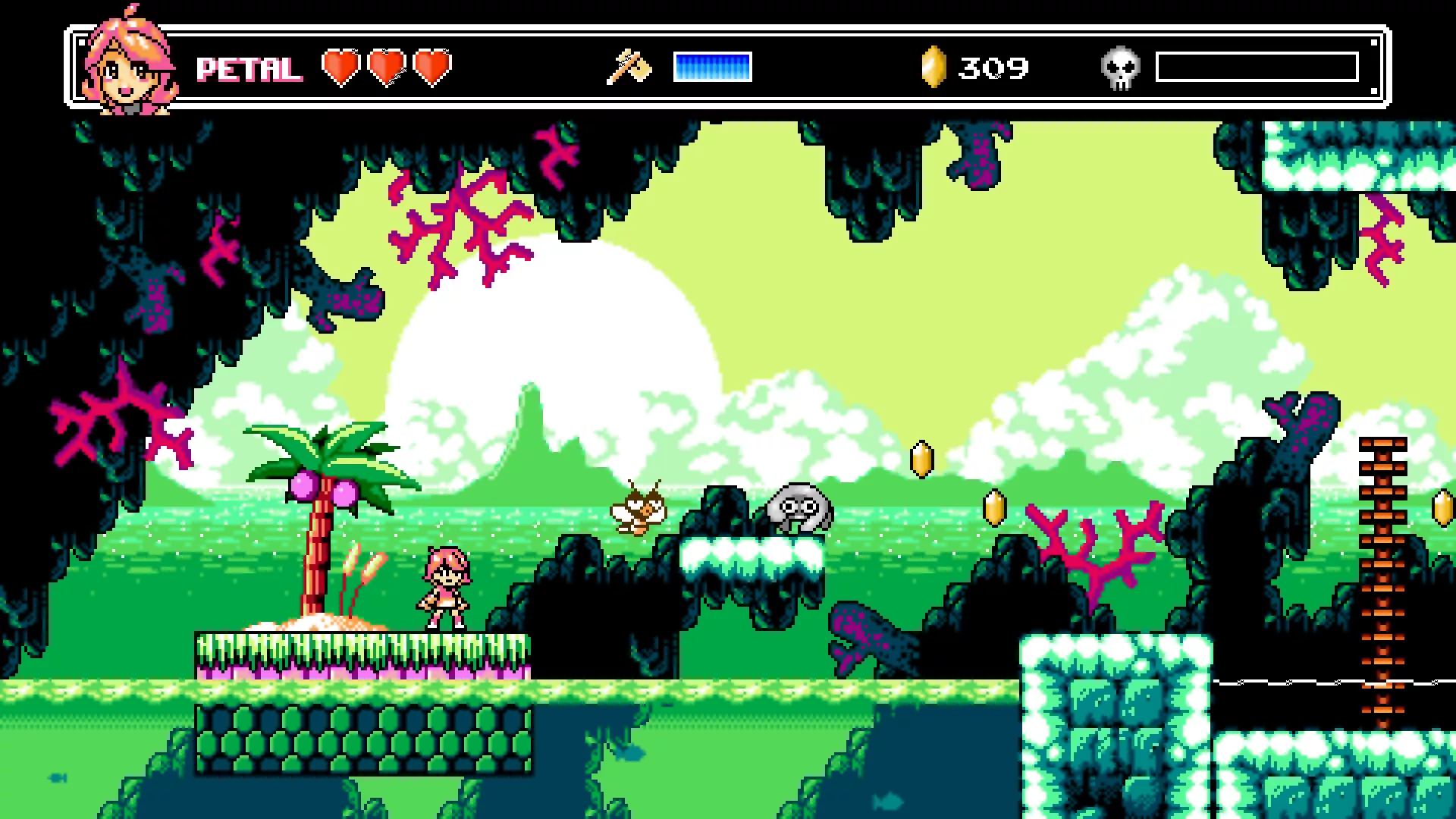
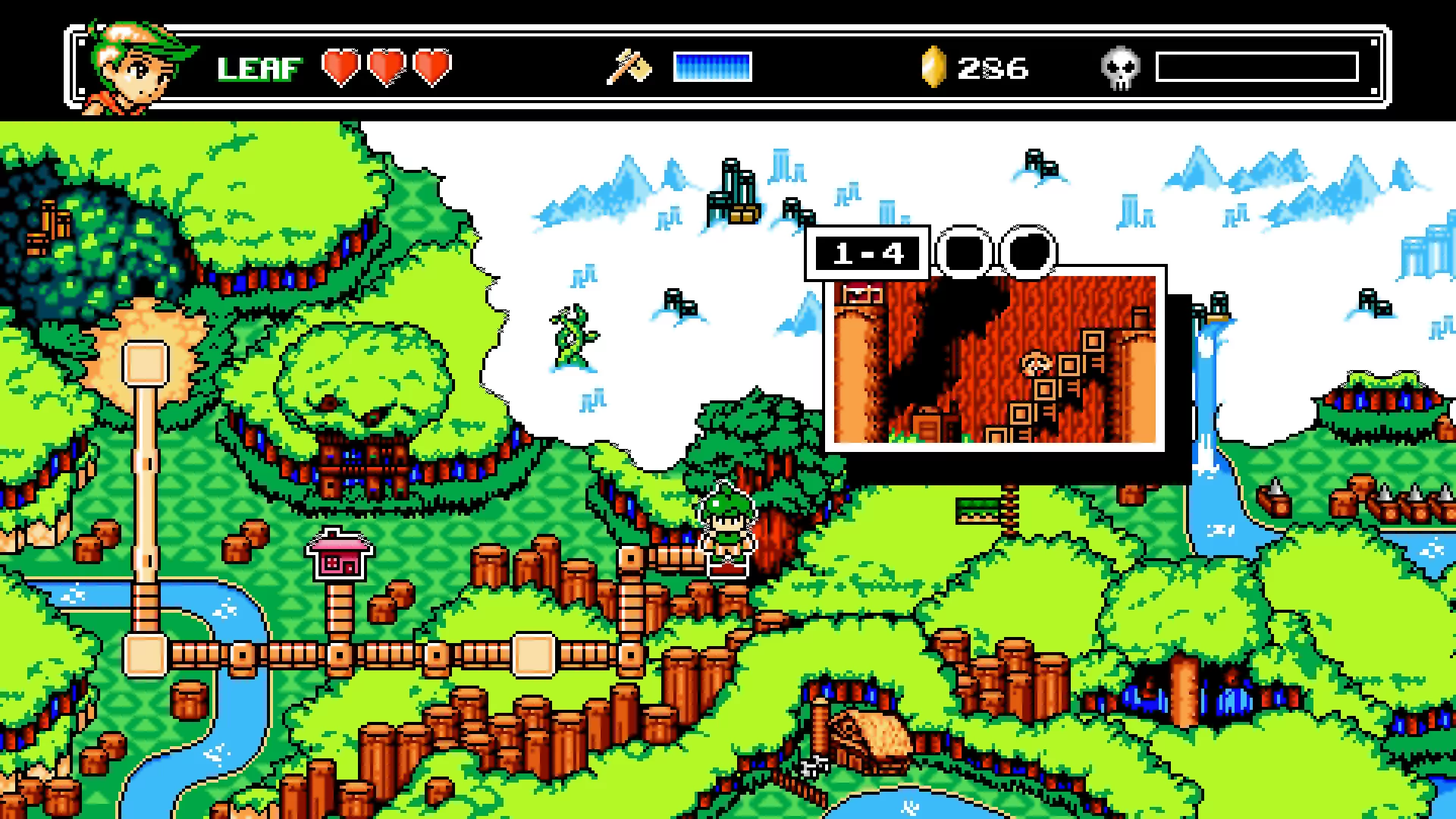

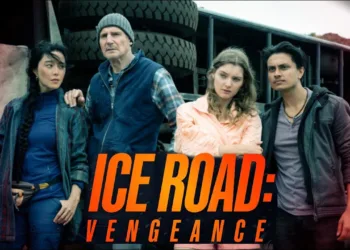






Discussion about this post